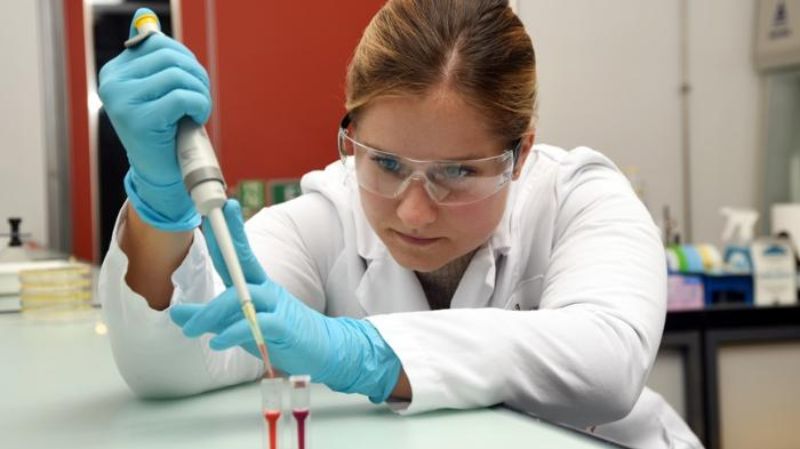Sensors against superbugs
The spread of antibiotic-resistant superbugs is plunging health care worldwide into a crisis. It is estimated that the number of victims of multi-resistant bacteria in 2028 will be as high as before the discovery of penicillin 100 years earlier, with costs running into the billions. The World Health Organization (WHO) calls the “silent pandemic” one of the greatest threats to global health.
The development of resistance is fueled by the hasty use of antibiotics without the underlying pathogen having been identified beforehand. This is not entirely incomprehensible: Precious time is lost during diagnosis using time-consuming methods, so that in emergency situations, for example, it is often decided not to wait for the relevant laboratory results. The possible outcome: The treatment remains ineffective, and the risk of further resistance development increases. Empa researchers are therefore working together with clinical partners on innovative diagnostic tools such as sensors that can detect resistant pathogens faster and allow customized treatment in good time.
Light sensor indicates pneumonia
Multidrug-resistant bacteria are particularly common in hospital-acquired infections such as pneumonia. One pathogen that can cause such pneumonia is Klebsiella pneumoniae. Empa researcher Giorgia Giovannini from the Biomimetic Membranes and Textiles laboratory is currently working with the Cantonal Hospital of St. Gallen to develop a sensor for this superbug that emits fluorescent light when a Klebsiella infection is present.
The sensor reacts to the enzyme urease, which the bacteria produce. In the "Doorstep" project, the researchers are working on polymer particles that surround a fluorescent dye. If the bacterial urease decomposes the polymer, the dye can develop its luminosity. The diagnostic method should work with a throat swab or a sputum sample. This would make it possible to identify the pathogens causing pneumonia within a few hours instead of several days.
